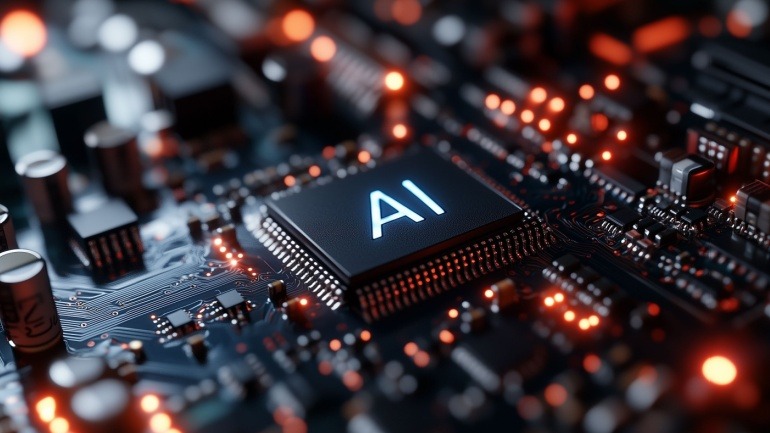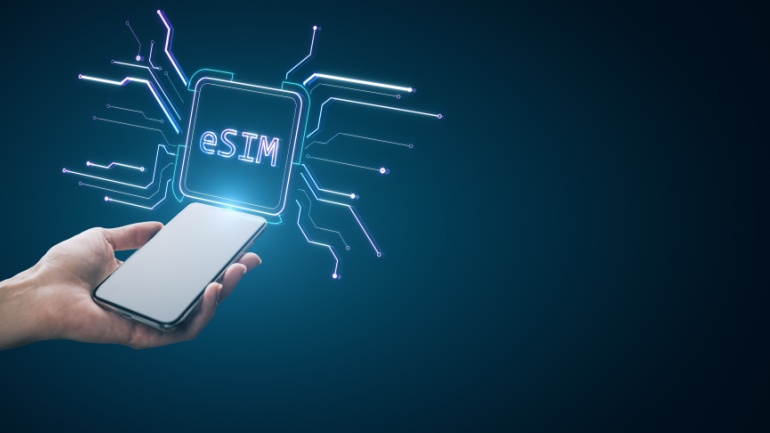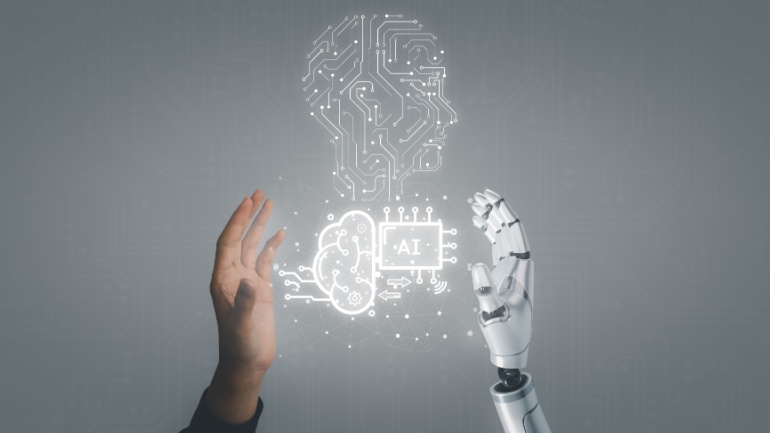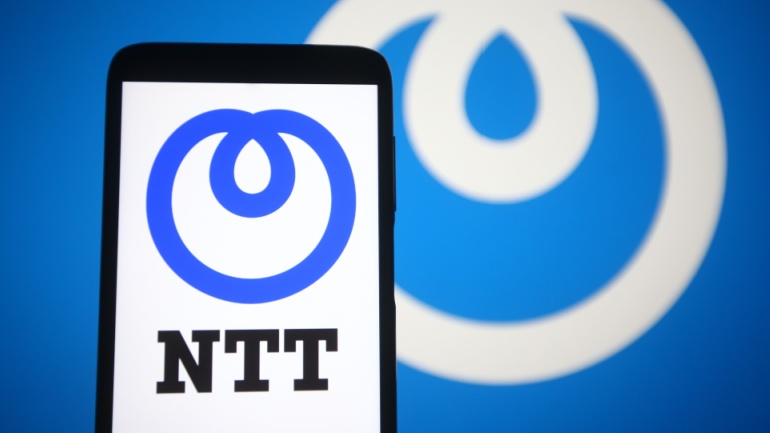NTT has launched a new energy storage division under NTT Anode Energy, managing 340 MWh across Japan. The initiative supports grid stability and wholesale energy trading. Alongside, NTT is expanding its global data center footprint, investing $10 billion through 2027 to deliver scalable infrastructure.
NTT is leading the charge in global data center expansion, strategically acquiring land in seven markets across North America, Europe, and Asia. With a $10 billion investment focused on AI-ready infrastructure, NTT aims to boost data center capabilities significantly.
Discover how NTT Data is revolutionizing India’s AI landscape with a $1.2 billion investment in a state-of-the-art VoIP-enabled data center in Hyderabad. In partnership with Neysa Networks and the Telangana government, this facility will feature 25,000 GPUs for advanced AI solutions, epitomizing the future of scalable, eco-friendly VoIP infrastructure.
NTT Corporation’s revolutionary AI chip significantly enhances drone capabilities by enabling real-time 4K video processing at 150 meters, a vast improvement from the traditional 30-meter range. This advancement broadens drone applications for industrial inspections, offering extended range and efficiency.
Cisco’s partnership with Transatel revolutionizes secure 4G and 5G connectivity using eSIM technology. This seamless integration offers enterprises faster, scalable, and secure mobile branches with on-demand SD-WAN and edge computing for IoT.
In a recent development, the Japanese government has passed a significant amendment to longstanding telecom regulations, marking a pivotal moment for NTT, the country’s telecom giant. The amendment, announced by NTT on Wednesday, encompasses several key changes, including the liberation from R&D information sharing obligations and the allowance for non-Japanese directors on its board.
The transformative growth of AI is undeniably impressive but raises several concerns. Despite their potential for innovation, GenAI advancements could blur the line between fact and fiction, adding to the challenge of distinguishing authentic information. NTT calls for flexible but robust regulations to manage potential threats to trust and democracy, citing the need for education, copyright updates, and content labelling.
NEC Corporation (NEC; TSE: 6701) and NTT Corporation (NTT) today announced that they have successfully conducted a first-of-its-kind transoceanic-class 7,280km transmission experiment using a coupled 12-core multicore fiber (*1), which consists of 12 optical signal transmission paths in a standard outer diameter optical fiber (0.125 mm). This achievement is expected to be a next-generation transmission infrastructure technology that will contribute to the realization of large-capacity optical networks, including future optical submarine cables.
Japan’s largest telecom provider, NTT, might get a break from longstanding regulations that have created competitive boundaries since its partial privatization back in the 1980s. But will this veer the industry off the road to a fair market environment? The proposed changes face major resistance, with critics highlighting the impact on national interests and the security of Japan’s telecom infrastructure.
MATRIXX Software, Celfocus, and Qeema have launched Jawwy 2.0 to improve customer experience and reduce costs. NTT Ltd. plans to open its first data center campus in the Paris region as part of a $10 billion global expansion. Crexendo and TELCLOUD launched a POTS Replacement platform to offer cost-effective, reliable alternatives for critical services. Hero Digital revamped Calix.com, enhancing user experience and performance. Consumer advocacy groups urge the FCC for stricter regulations to protect against SIM swap and port-out scams.













